ÚVMV 1100 GT

Technically speaking, when this car was first shown in 1970, it was not strictly made by Škoda, but an organization called ÚVMV…at AZNP (Automobilové závody, národní podnik). Anyway, it doesn't really matter — it's not like getting a car was all that easy in the then-socialist Eastern Bloc country of Czechoslovakia.
I'm calling it a Škoda from here because I like the weird "Š", and also because as a factory project, it has a lot in common with one of my all-time favourite selections I’ve written about here, the Škoda 1971 110 Super Sport "Ferat".
Published more than a year ago, it remains one of the more lovable entries here, not only because of its kick-ass styling, but also because of its starring role in a little-known horror flick called Upír z Feratu — about a sports car that sucks the driver's life out from the accelerator pedal.

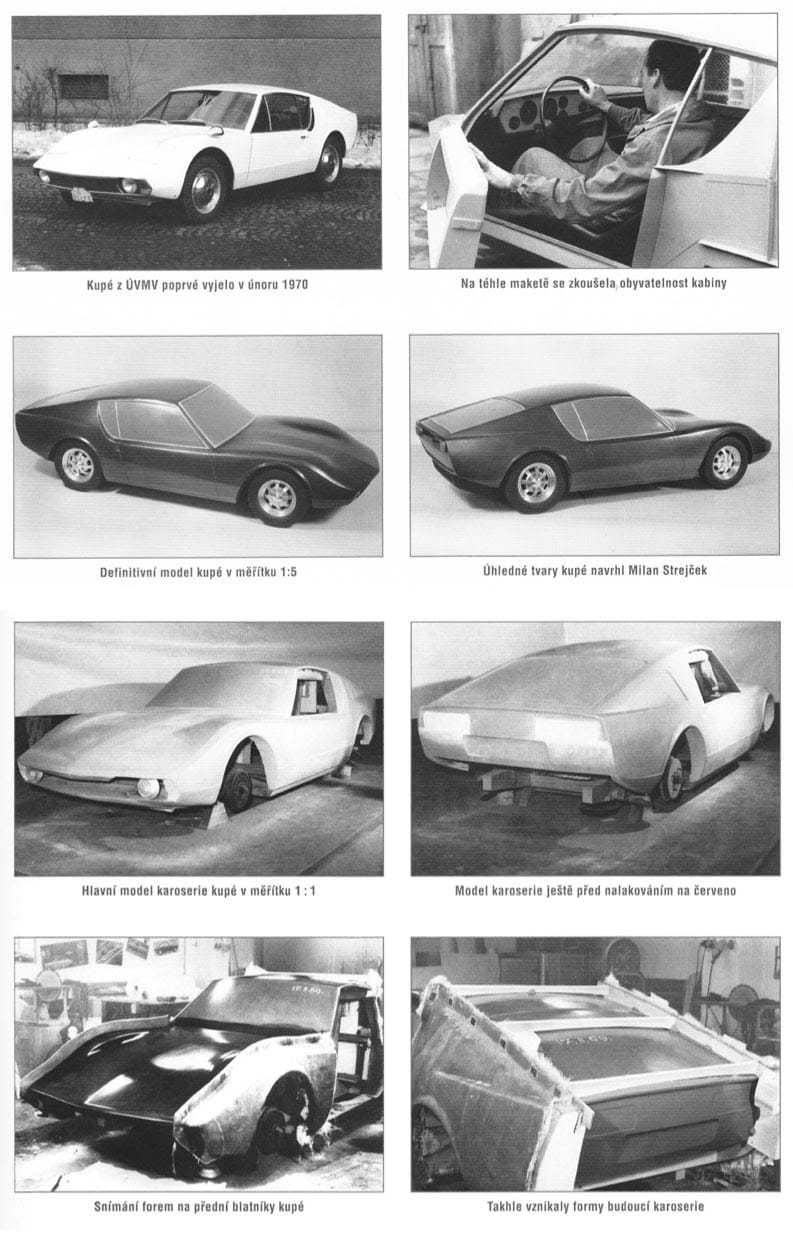

Brochure scans • source unknown
Our 1100 GT has a connection to the Sonnett II, sort of, with the connection being the car underneath the tracing paper was probably the little Saab coupé.
See, the 1100 GT’s designers are said to have reverse-engineered the car’s major plot points — overall silhouette, driver positioning, size — from the Saab Sonnett II. That's cool, if true, but don't get the wrong impression: this 1100 GT is a rear engined, rear-drive sports car.
Had it been produced in more than seven examples, it may have waded into battle against the small, odd coupés of the late '60s and early '70s. Glas 1300 GT? Matra 530 and Bagheera? Citroën M35? Watch out!
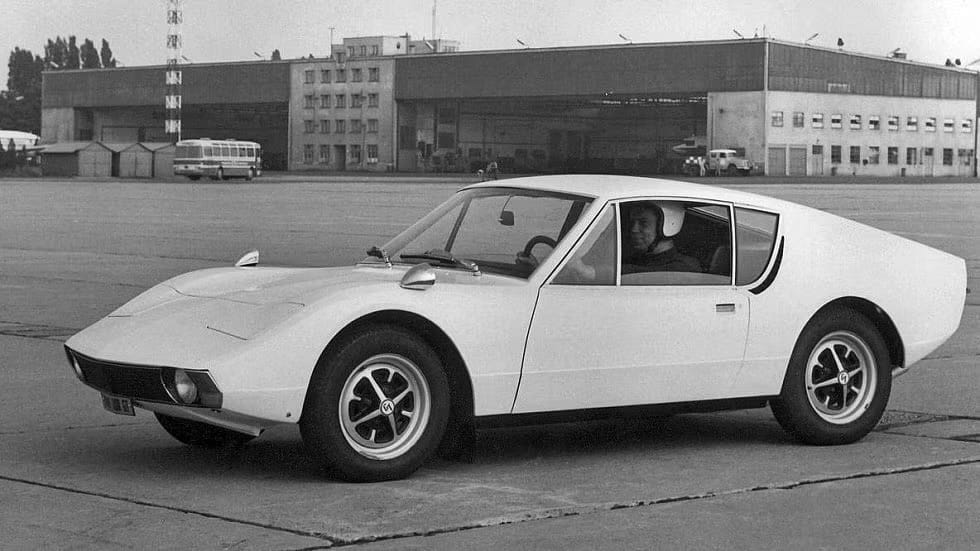
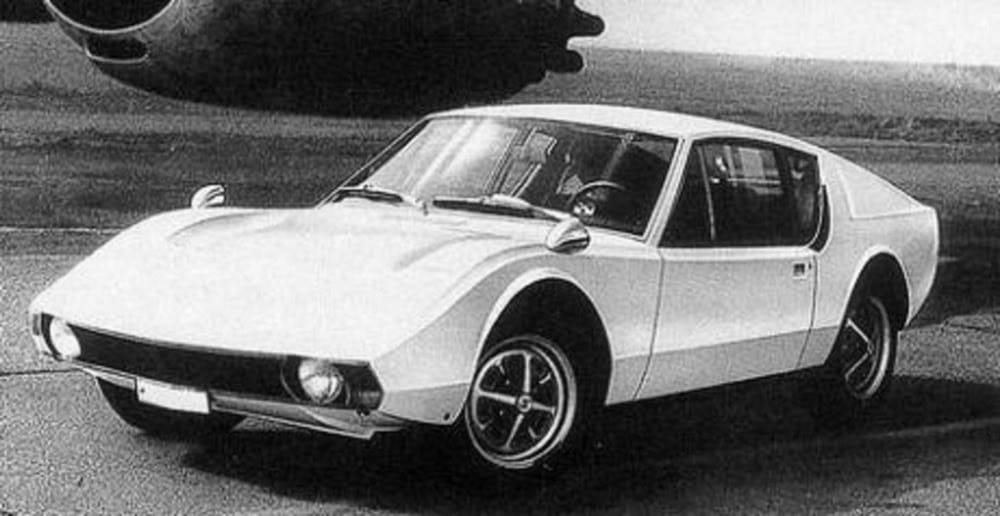
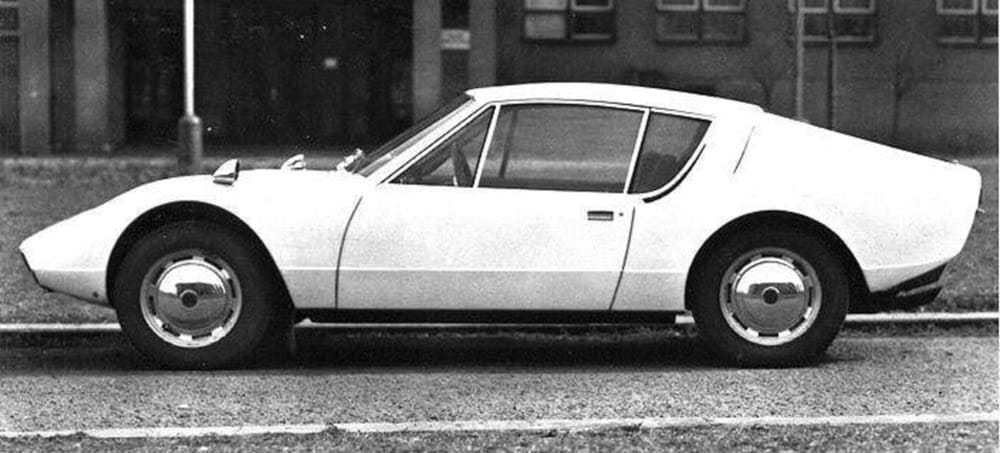
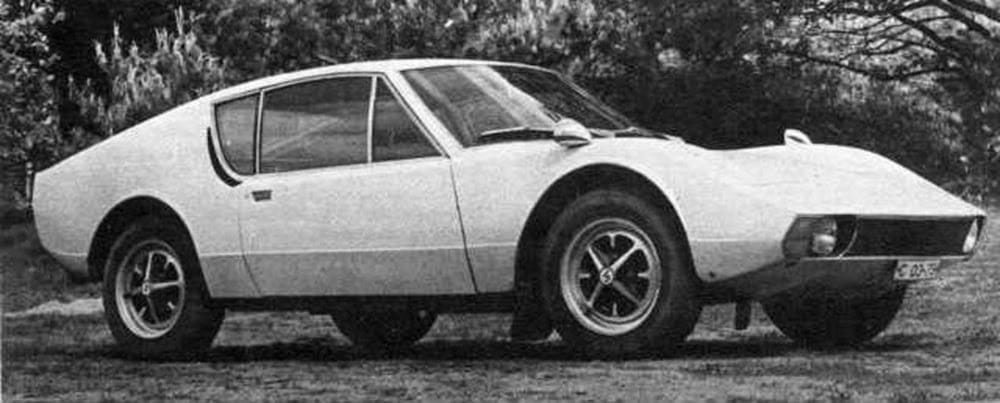
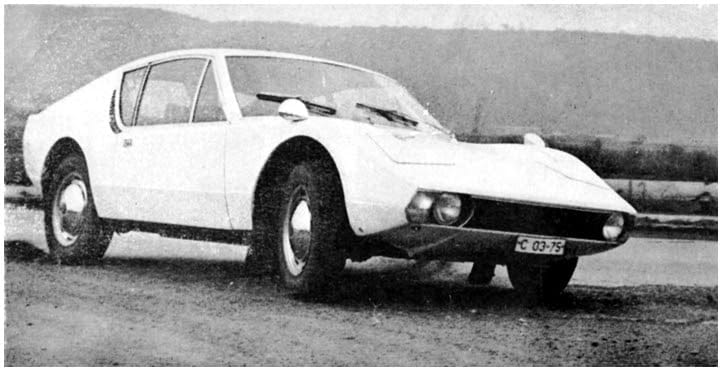
As many manufacturers realized, Škoda included, fiberglass was indeed an ideal material with which to form a low-volume sports car. Two-door coupés are, after all, an extravagance for many, and usually low sales numbers mean creating expensive tooling operations is not a good business decision. Fiberglass, miracle of miracles for car builders, just as carbon fiber and 3D printing are today.
A news program (that I can’t understand, sorry) detailing the car’s history
With the Eastern Bloc countries’ investments in beating the West in any sporting competition they could triumph in, I'm sure there were a few engineers at Škoda who were convinced that all you needed to go quick was the chassis from the below-average 100, some swoopy composite bodywork, and various performance upgrades to match. Better tires, disc brakes — and the trophies should roll in.
Sources say that 75 horsepower was on tap from a Škoda 110 A2 engine — similar to the “Ferat” — and that drivers could expect a top speed of 175 km/h (108 mph), and zero-to-100 km/h (62 mph) in 13.7 seconds. Not bad. The few surviving examples still get exercised from time to time, too.





